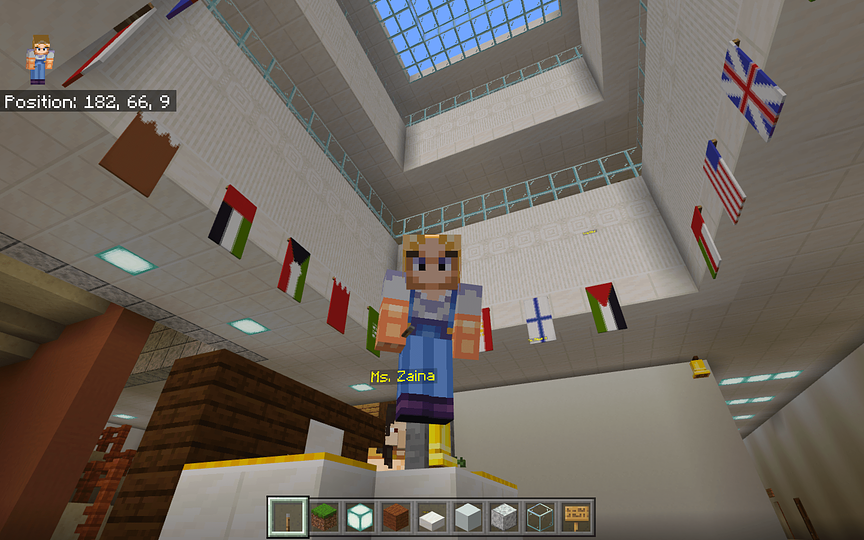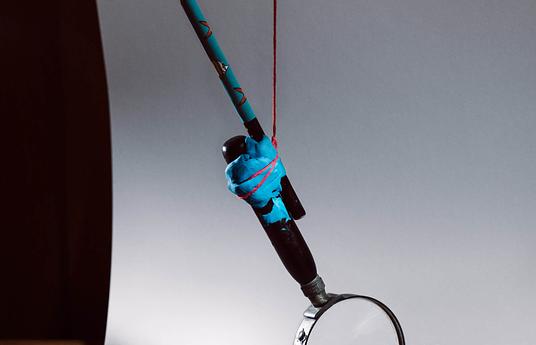What is Minecraft?
If you’re not familiar with Minecraft, Boston Magazine gives a great explanation: “You and your blocky friends explore a blocky world and build things, out of blocks. Think LEGO, but digital.”
What are we doing?
A group of elementary, middle and high school students embarked on a mission to build a full-scale replica of our school campus in Minecraft.
Why are we doing this?
With many schools considering the safety of a fall 2020 return to campus (and epidemiology modeling suggesting we may have to go into open and close waves until 2022), I worry that students might lose what they value most out of school: a sense of community and connection. But by coming together online, students have been able to connect on a somewhat “meta-physical” level.
Why is this idea important?
This is an unprecedented opportunity to tap students' gaming skills to make a meaningful contribution to the community. Once finished, virtual campus can be further used for PR purposes and by community members to suggest innovative iterations to the existing infrastructure.
What key tasks would need to be completed to get a prototype up and running?
We come together as a community three days a week to piece the map of the school together block by block. Students accessed some of the original building plans in the BBS archives to guide them, but are mostly building the interior entirely from memory, which shows how much these spaces really mean to them.
How easy would it be to grow this idea across multiple schools or contexts?
Minecraft Education lends itself perfectly well to cross-school collaboration. A few days ago, Evgenii, one of the facilitators of this project, was in contact with teachers from Spain and Hong Kong to plan multinational Minecraft Education Entrepreneurship Project. While this is a different project, it underscores how Minecraft Education can connect communities across the globe.
This project has a potential to be an amazing intercultural distance learning opportunity - to see how students from diverse backgrounds collaborate and strategize.
As a starting point, students from various schools can build models of learning spaces present at their school. Students can then tour each other's sites for inspirations.
Minecraft Education can also be used as a way for remodeling learning spaces.
What might be the tangible outcome/s of this idea?
When this mammoth of a project is done, we are hoping to rethink what educational spaces can mean for the future of schools. Some of these possibilities include:
- Seeing our school’s annual events transform into virtual community experiences.
- Giving virtual tours for students or staff who would like to visit the campus.
- Preserving and displaying the virtual campus as an artifact in the school's digital archive.
- Hosting online classes on the server.



